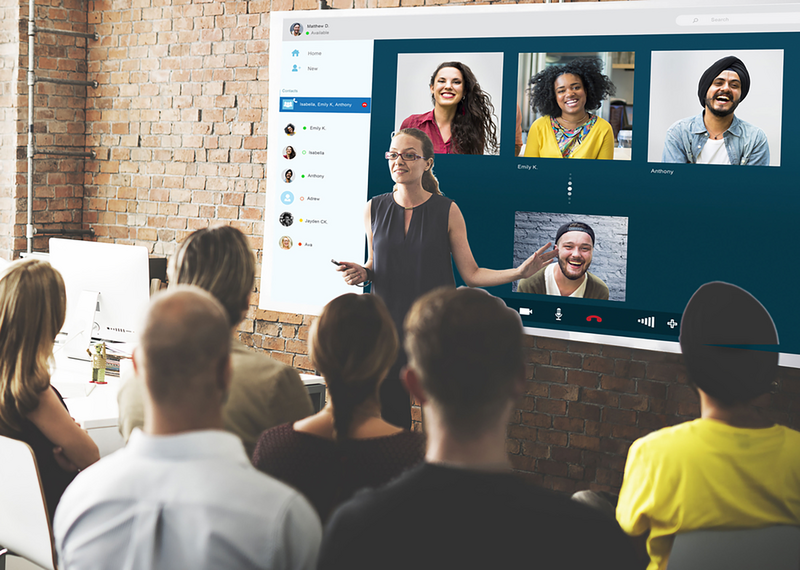ATD Blog
Flip Learning Like a Pro
Wed Jul 18 2018

Flipped learning is fast becoming a staple of talent development and adult learning. If it’s still a new to you, the concept is simple: flipped classes reverse the traditional learning environment by delivering instructional content (often online) outside of the classroom, and move activities, including those that may have traditionally been considered homework, into the classroom. This helps maximize face time with learners by integrating the best of classroom learning with self-directed, learner-generated activities. Indeed, for many, the value of flipped learning is in the repurposing of class time into a workshop of sorts.
According to Educause, “During class learners can inquire about content, test their skills by applying knowledge, and interact with one another in hands-on activities. During class sessions, instructors function as coaches or advisors, encouraging learners in individual inquiry and collaborative effort."
Whereas, in a traditional classroom, learners focus on capturing lectures, and there is little time to reflect—much less digest and act—on what is being discussed. What’s more, experts contend that devoting class time to application of concepts might give instructors a better opportunity to detect errors in thinking, particularly those that are widespread. At the same time, collaborative projects encourage social interaction among learners and knowledge transfer.
To help simplify understanding of the concept, LMS provider eLeap breaks down the model into four pillars:
Flexible environment
Learning culture
Intentional content
Professional educator.
An effective flip requires careful preparation, though. eleap warns that in a traditional learning system, there may be problems because not everyone has ready access to the necessary technology to view the flipped content. It also may be difficult for workers who have problems learning independently.
“Recording lectures requires effort and time on the part of faculty, and out-of-class and in-class elements must be carefully integrated for learners to understand the model and be motivated to prepare for class,” adds Educause.
As your jumpstart your flip, keep in mind a few best practices:
Set clear, specific expectations. This is going to be a different experience for learners. Communicate with them early to help ensure that they are prepared to explore content and know what to expect. Be clear and specific about what work they need to accomplish independently—and that pre-class videos, podcasts, reading materials, and other assignments are not optional but preparation for in-class, workshop-like exercises.
Consider content carefully. Don’t be misled into thinking flipping simply means recording a current lecture and posting to website. It is too easy for learners to absentmindedly watch a video without really engaging with it. You will need to rethink existing course materials to determine what portions must remain in print and what can move to video. Spend time finding out what is out there already, then spend more time on the timing, sequencing, and creating clear instructions.
Enable exploration. Prepare a variety of content that is easily accessible. In an ideal flipped learning environment, learners should have choices about how they learn. Some will prefer to learn concepts by watching videos, others want to read new information, and others like to use interactive simulations to learn content. When possible, build constructs into your flipped content assignments that require engagement and provide some assessment of understanding.
If you’re ready to start developing a flipped learning experience, you should check out ATD LearnNow: Flipped Classroom. The interactive workshop focuses on four aspects of the flipped model:
demonstration and application: focuses on learner-generated personalized projects and presentations
meaning making: focuses on learner-generated activities such as blogs, podcasts, videos, social networking, and discussion boards
experiential engagement: focuses on hands-on activities including games, simulations, experiments, and use of the arts
concept exploration: focuses on video and audio lectures, content-rich websites, and online chats.
What’s more, the workshop is taught with a flipped classroom approach so that you can experience it firsthand while learning how to create a more collaborative environment that is truly learner-centric.
